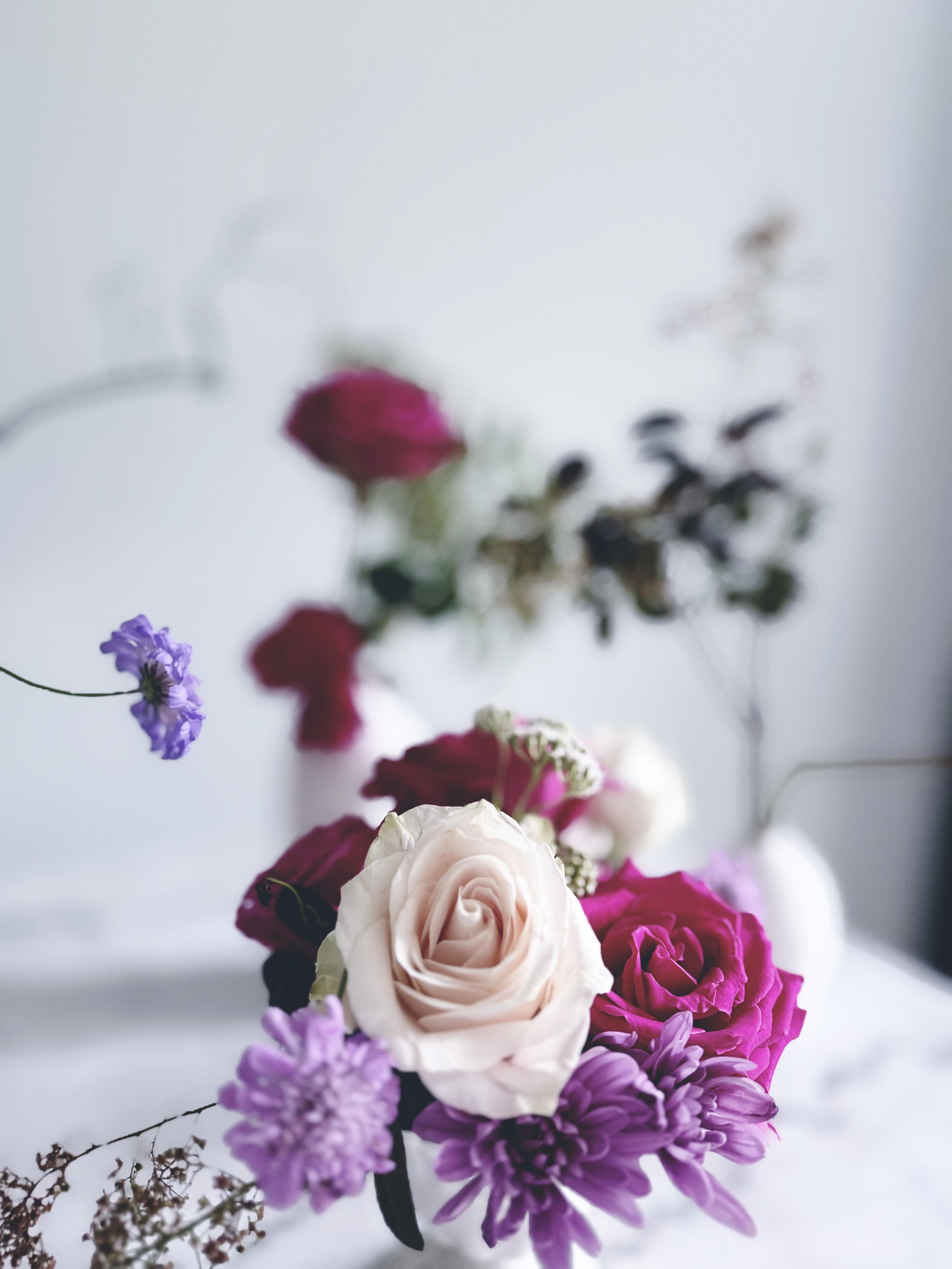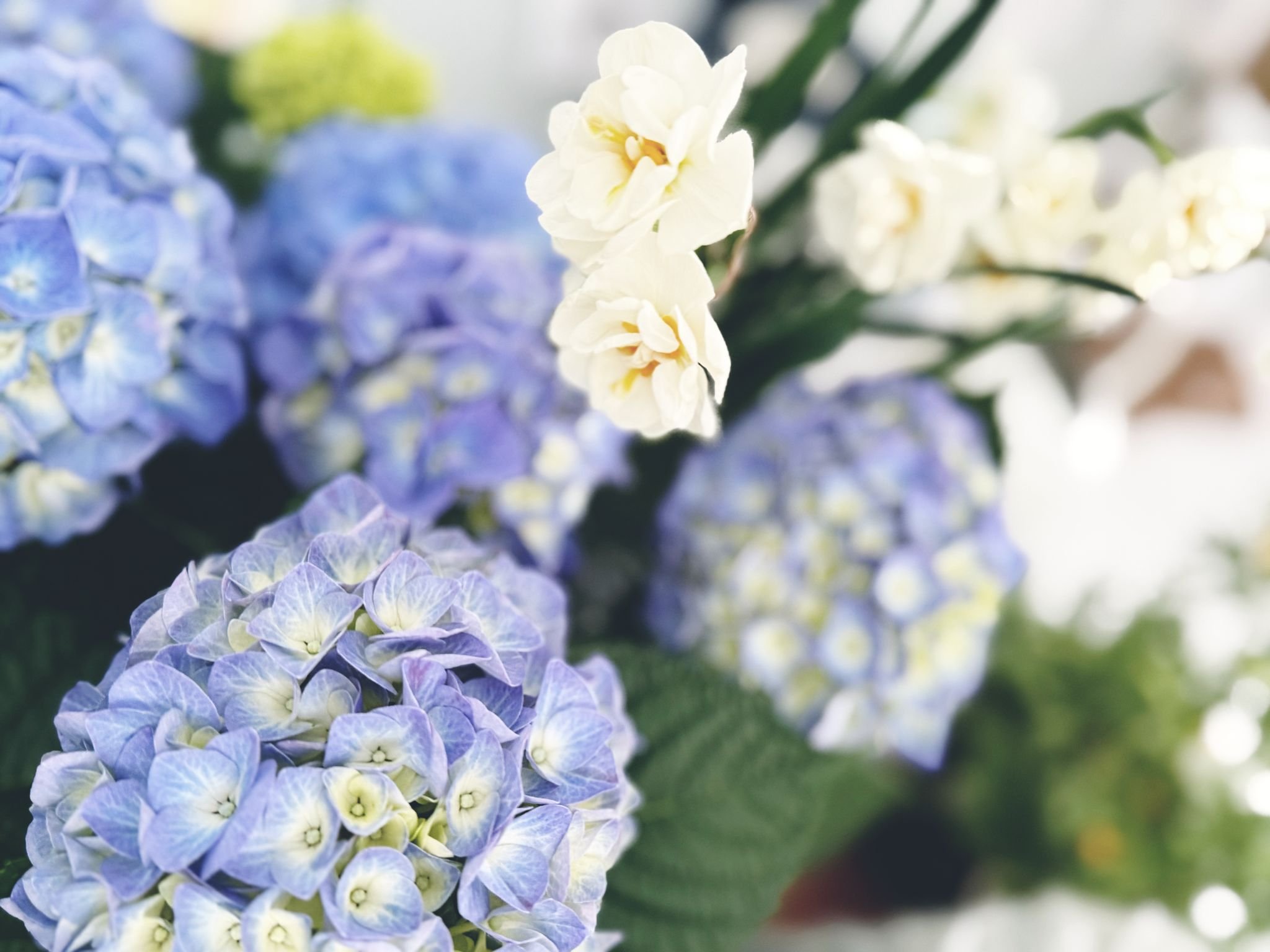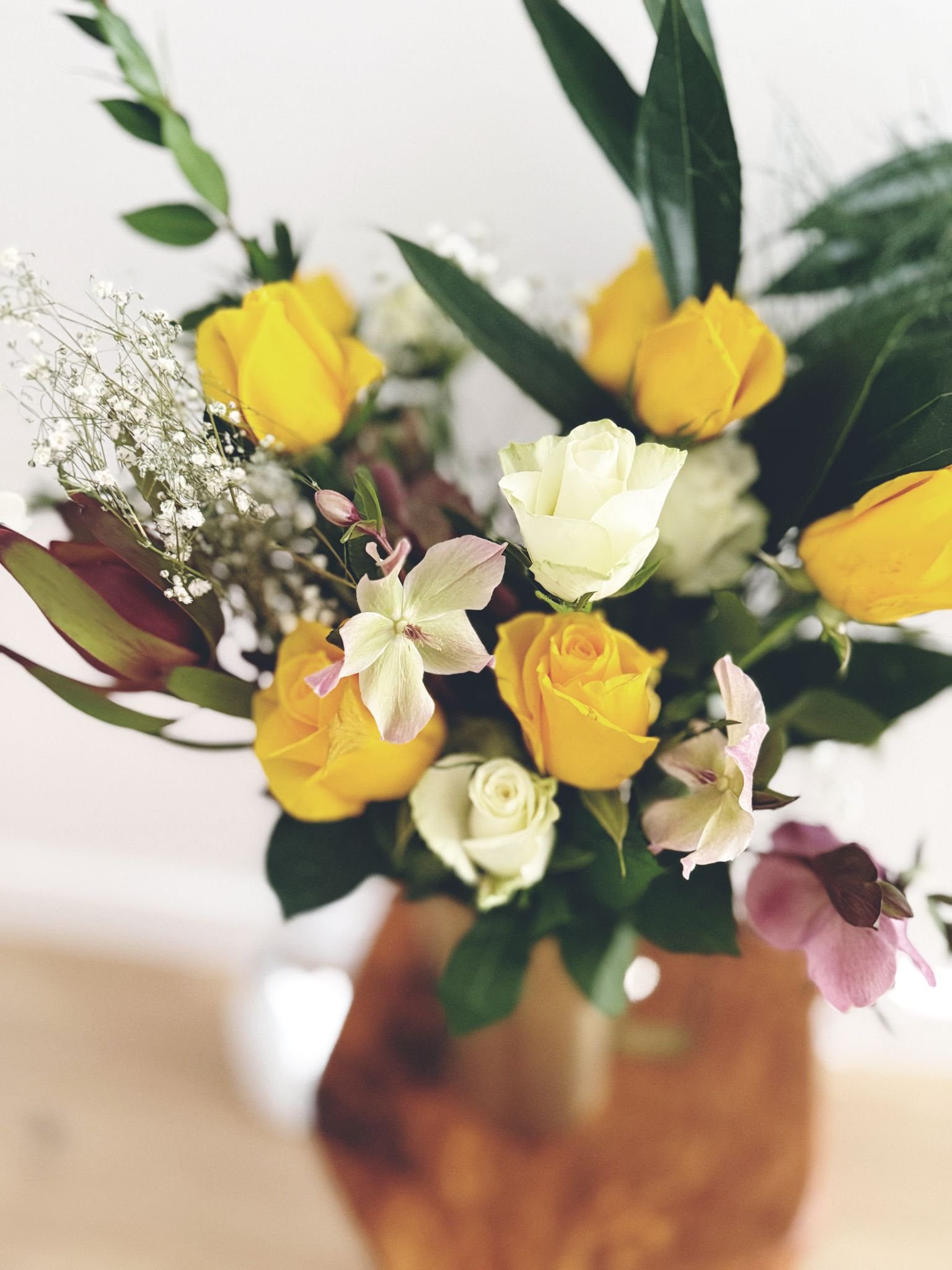
floriographie
a floral design and interdisciplinary arts studio that encourages the flourishing of the creative spirit and the emergence of natural intelligence.
our
services.
event styling
wedding design
corporate arrangements
bespoke botanicals
seasonal subscriptions
mindfulness-based coaching
facilitations and workshops
what
the . . . is
floriographie?
[le langue des fleurs]
“The Victorian language of flowers—also called floriography—emerged as a clandestine method of communication at a time when proper etiquette discouraged open and flagrant displays of emotion.”
—Jessica Roux
what
the . . . is
floriographie?
[le langue des fleurs]
“The Victorian language of flowers—also called floriography—emerged as a clandestine method of communication at a time when proper etiquette discouraged open and flagrant displays of emotion.”
—Jessica Roux
In 1819, Charlotte de la Tour’s Le langue des fleurs reintroduced an ancient art of coding messages in flowers to 19th century Europe.
The Ancient Greeks did it. The Turks had their own take.
While contemporary folk may less attuned to the art of floriography, the practice echoes throughout our culture and across modern floral design.
For instance, Baby’s Breath (or Gypsophilia) represents purity and innocence.
Paired with Queen Anne’s Lace and gifted to a godparent, it says: “Thank you for protecting and caring for my child.”
However, if a lady sends you Buttercups (Ranunculus), she might be saying: “You are radiant with charm.”
If she adds moonflower, it’s another story. “I will not be fooled by your charm” that bouquet may say.
I named my studio floriographie not only because I appreciate the beauty of flowers and the science of their cultivation, I adore seeping myself in the historical traditions embedded in this “language” of the earth.
Contemporary centrepieces at weddings often include snapdragons. This may stem from a Medieval fashion tradition where maidens dressed their hair with snaps to tell suitors to back off.
With a PhD in interdisciplinary arts from Roehampton University in London England, an MA in literature from the University of Toronto, a diploma in contemporary dance from Trinity-Laban, and a post-graduate certificate in education from Cardiff Metropolitan University.
what
the . . . is
floriographie?
[le langue des fleurs]
“The Victorian language of flowers—also called floriography—emerged as a clandestine method of communication at a time when proper etiquette discouraged open and flagrant displays of emotion.”
—Jessica Roux
In 1819, Charlotte de la Tour’s Le langue des fleurs reintroduced an ancient art of coding messages in flowers to 19th century Europe.
The Ancient Greeks did it. The Turks had their own take.
While contemporary folk may less attuned to the art of floriography, the practice echoes throughout our culture and across modern floral design.
For instance, Baby’s Breath (or Gypsophilia) represents purity and innocence.
Paired with Queen Anne’s Lace and gifted to a godparent, it says: “Thank you for protecting and caring for my child.”
However, if a lady sends you Buttercups (Ranunculus), she might be saying: “You are radiant with charm.”
If she adds moonflower, it’s another story. “I will not be fooled by your charm” that bouquet may say.
I named my studio floriographie not only because I appreciate the beauty of flowers and the science of their cultivation, I adore seeping myself in the historical traditions embedded in this “language” of the earth.
Contemporary centrepieces at weddings often include snapdragons. This may stem from a Medieval fashion tradition where maidens dressed their hair with snaps to tell suitors to back off.
With a PhD in interdisciplinary arts from Roehampton University in London England, an MA in literature from the University of Toronto, a diploma in contemporary dance from Trinity-Laban, and a post-graduate certificate in education from Cardiff Metropolitan University.
what
the . . . is
floriographie?
[le langue des fleurs]
“The Victorian language of flowers—also called floriography—emerged as a clandestine method of communication at a time when proper etiquette discouraged open and flagrant displays of emotion.”
—Jessica Roux
In 1819, Charlotte de la Tour’s Le langue des fleurs reintroduced an ancient art of coding messages in flowers to 19th century Europe.
The Ancient Greeks did it. The Turks had their own take.
While contemporary folk may less attuned to the art of floriography, the practice echoes throughout our culture and across modern floral design.
For instance, Baby’s Breath (or Gypsophilia) represents purity and innocence.
Paired with Queen Anne’s Lace and gifted to a godparent, it says: “Thank you for protecting and caring for my child.”
However, if a lady sends you Buttercups (Ranunculus), she might be saying: “You are radiant with charm.”
If she adds moonflower, it’s another story. “I will not be fooled by your charm” that bouquet may say.
I named my studio floriographie not only because I appreciate the beauty of flowers and the science of their cultivation, I adore seeping myself in the historical traditions embedded in this “language” of the earth.
Contemporary centrepieces at weddings often include snapdragons. This may stem from a Medieval fashion tradition where maidens dressed their hair with snaps to tell suitors to back off.
With a PhD in interdisciplinary arts from Roehampton University in London England, an MA in literature from the University of Toronto, a diploma in contemporary dance from Trinity-Laban, and a post-graduate certificate in education from Cardiff Metropolitan University.
creative floral coaching
Pairing mindfulness-based and evidence-based techniques with inspiration from seasonal flowers, floriographie’s one-on-one “studio sessions” are designed for creative practitioners of all types.
Specific protocols based on the latest developments in integrative neuroscience enable clients to "tune into" specific brain networks that help them to address their roadblocks from a fresh perspective.
sustainable
and eco-conscious practices
attention
to every delicate detail.
innovative
and personalized designs
sustainable
and eco-conscious practices
attention
to every delicate detail.
wedding
and event
floral
design
in 3 easy steps
Choose from Foriographie’s three signature moods, each inspired by trending wedding designs.
Unsure of the vibe you want to inspire? Take our quiz!
step one
choose your mood.
What floral elements you’ll need depends on your number of guests, the architecture of your venue, and your individual tastes.
Fill out Floriographie’s Table of Elements to determine the ingredients that will make your day divine.
step two.
choose your elements.
step three.
Too many choices can lead to analysis paralysis. Too little, and you may feel tethered to a template.
Floriographie offers a happy medium with a simple customization process to add your personal flair to your statement piece and bridal bouquet without overwhelming you with too many options.
customize and click.

25% off your first order.


invite in the wild.
soothe the soul.

inspire joy.
awaken delight.









